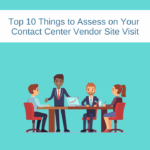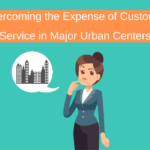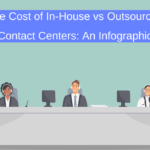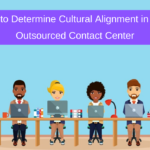How to Shortlist Potential Contact Center Partners
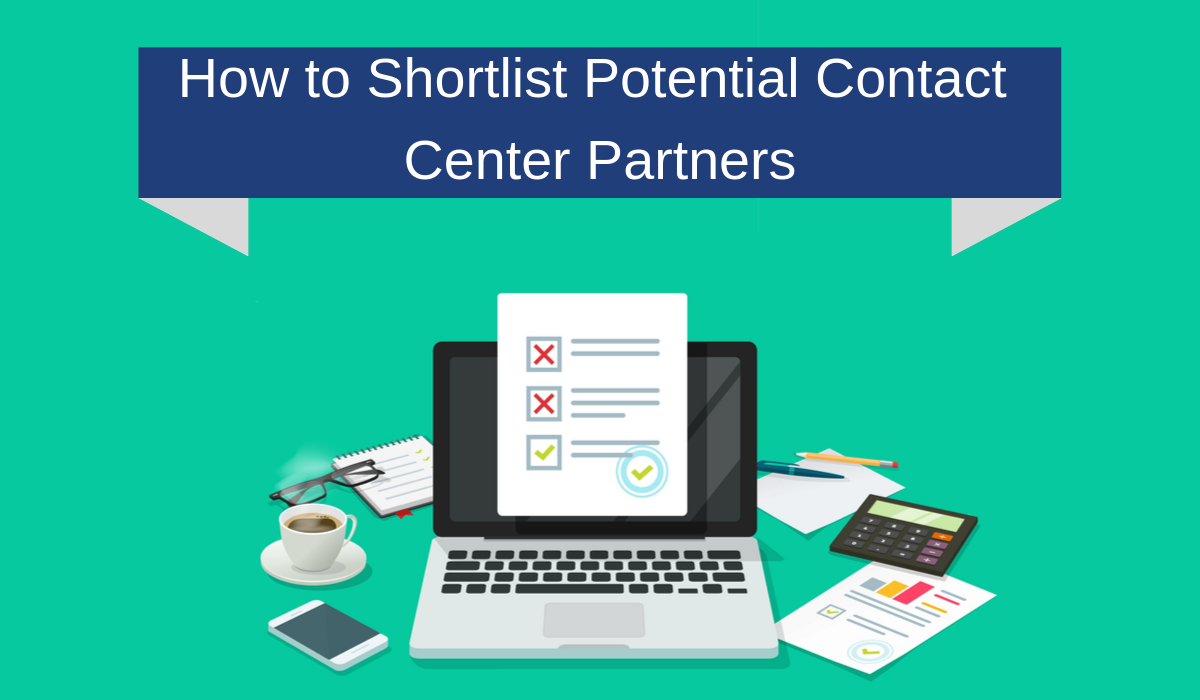
Running an effective and efficient procurement process for a contact center partner is easier said than done – even for seasoned indirect sourcing professionals and folks in the C suite. It’s not unusual for the process to take 12 to 18 months from discovery to go-live with significant time and budget required along the way. And we have seen deals with the successful bidder derailed by details in the eleventh hour, setting the buyer back to square one after more than a year of effort. With 25 years of experience participating in complex RFP and sourcing events, we know there are a couple of key pivot points that can help you gain efficiency in the long procurement journey to a successful, lasting strategic partnership. Choosing who to invite to the initial steps will either contribute to or detract from running an efficient process. More is not necessarily better.
Listen to the audio or read the article
Begin with the Basics
At the risk of sounding like Captain Obvious, this whole process starts with a needs assessment to identify your core requirements and your deal breakers upfront. Whether you engage a consultant for this phase or handle the research within your own team, you need a clear picture on the “must haves” from your language needs and location preferences to the industry experience you’d like to see in a partner. The task, then, is for the consultant or team leading the early phase of procurement to cross-reference this list against the experience, attributes, and capabilities of potential vendors to narrow down the options. Essentially, doing this grunt work well can save you in the long run.
To RFI or Not to RFI
We strongly recommend running a preliminary Request for Information (RFI) process with a broad pool of vendors. With a basic checklist RFI matched to your mandatory basic requirements, you can narrow down your invited vendors to only those who are positioned to be considered. An added bonus of an RFI is: it gives your potential vendors the option to self-select out as well. There are many reasons an outsourcer would choose to opt-out including non-comp agreements with existing clients that would preclude them from working with you. As you remove vendors through RFI, you make room for the strongest potential partners to rise to your RFP list.
Hit the Road
It sounds counterintuitive, but we have seen real value in doing exploratory site visits before you go to RFP. Meeting potential contact center partners in person allows you validate the intangible elements of the business relationships first (like culture fit, physical work environment, and employee engagement,) helping you shortlist the organizations you choose to invite into the RFP process. That way, your RFP will be laser-focused on comparing the skills, experience, and capabilities – essentially serving as a sophisticated tie-breaker between participants that you’ve already confirmed to be a likely fit. On the flip side, we have a client who went through their entire RFP cycle narrowing down to two finalists over the course of many months and capped off their process with site visits to the two remaining bidders. On the tour, it became clear that the culture/facilities of one of those two vendors was simply not a fit for their brand. Had they toured first, they would likely have eliminated that vendor at the beginning of their process, possibly allowing another, better suited, bidder into the process.
After the RFP
There is a real science to getting a true apples-to-apples comparison, even on hard numbers like pricing or metrics. Ensuring your company’s stakeholders and procurement leaders work collaboratively on scoring and evaluating the responses is essential. Quantitative scoring should be built with your requirements in mind and will ensure that everyone is on the same page throughout the process.
Even with a robust scoring method, however, sometimes shortlisting potential contact center partners comes down to a process of elimination. You may need to work backwards to identify the deal breakers and any gaps. Ensure that everyone understands which requirements take priority over others, and eliminate participants accordingly. At the end of the day, which partner differentiates its strengths in a way that optimally aligns with your own needs? Ideally, there will be a unanimous answer among your team.
Shortlisting Potential Contact Center Partners
Outsourcing your customer care to a new vendor – or for the first time entirely – is a decision that has a direct impact on your brand.
At Blue Ocean, we understand the challenge, so we created a customizable contact center RFP template that is designed to effectively compare vendors while digging deep into the details that will drive your decision – and ultimately your success. Grab your copy today.
